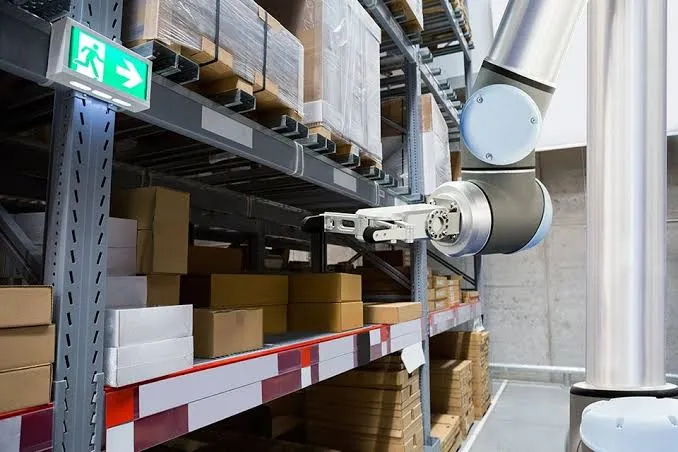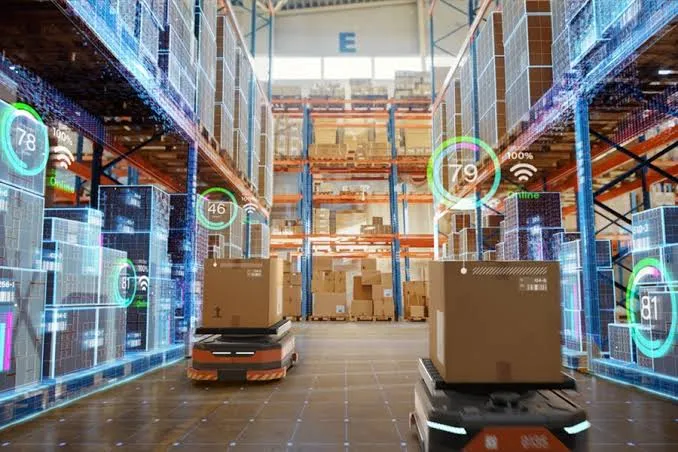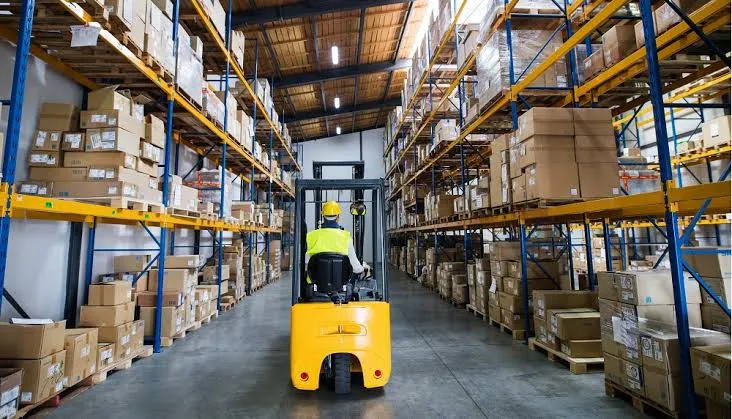The Big Picture: AI is Reshaping E-Commerce Everywhere
Retail Media Market Update – July, 2025 Introduction AI is no longer a fringe add-on for digital retail. It’s becoming deeply embedded across the whole online shopping journey — from how customers search and browse, to how retailers manage inventory and run ads. The shift isn’t just incremental but structural. The concept of “agentic commerce” — where AI agents […]









